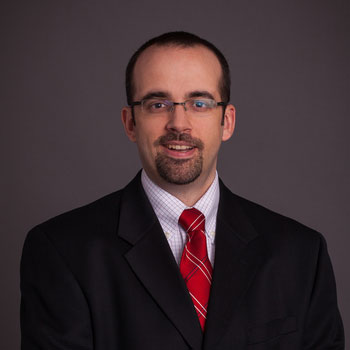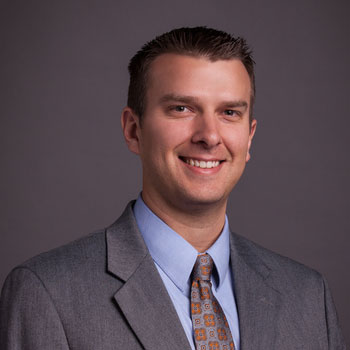In 2016, FirstEnergy (FE) initiated work to replace conductor and convert existing overhead ground wire to OPGW on three 69-kV circuits in Pennsylvania. The project included 26 circuit miles of lattice towers and posed many challenges, including an accelerated schedule, outage constraints, difficult access and the lack of existing lattice tower foundation capacity drawings. During the design phase of the project, it was discovered the NESC 250C Extreme Wind loading case was causing uplift capacity issues on existing lattice tower foundations. FE, with the assistance of Burns & McDonnell, completed a ground line reaction comparison of the existing configuration against the proposed design loading and identified each tower location where the new loading would exceed the existing configuration’s ground line reactions. The companies analyzed grillage capacities on 41 lattice towers representing five different tower types. Grillage capacities were developed for these specific towers by following industry design practices. A geotechnical investigation was completed to characterize the native soil and backfill properties at the tower locations. The analysis showed the proposed loading increase would result in several of the grillages having insufficient uplift capacity. The factored capacities were compared with the extreme load case and used to determine which structure foundations required modifications to provide adequate uplift resistance.
Several mitigation options were developed to provide additional capacity to the existing foundations. The feasibility of each option was evaluated by representatives from engineering, construction, project management, real estate and transmission maintenance. Options were assessed and ranked considering cost, constructability, rights of existing easement agreements, aesthetics, landowner impacts, and long-term performance and maintenance. The uplift mitigation system included a bracket designed to attach to the existing tower leg near the ground that can accommodate connection to multiple anchor types.
The attachment design had to account for induced stresses on the tower leg, additional bracing and reinforcement, and constructability to properly install the anchors adjacent to the tower leg and foundation while securing the anchor to the bracket. The structural design of the attachment bracket required close coordination with construction, project management, real estate and geotechnical engineering. Several anchor systems were utilized to overcome varying rock depths and soil profiles. These anchor systems included grouted threaded rod rock anchors, helical anchors, stingray earth anchors and a hollow bar injection anchor system.
Copresenting with Tom Guess and Jon Trout, FirstEnergy.





